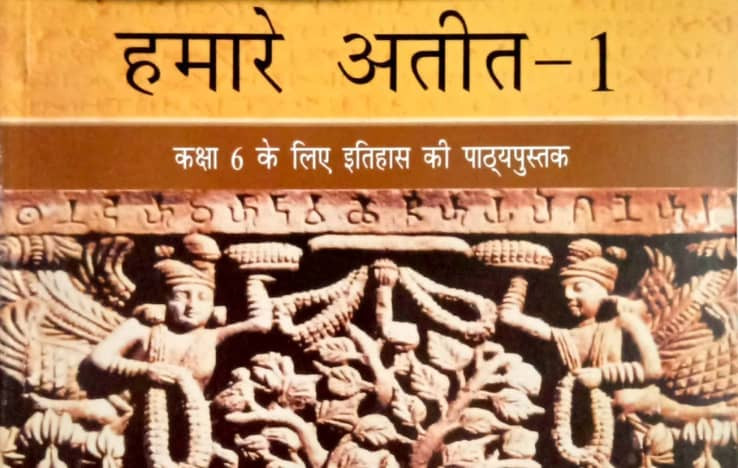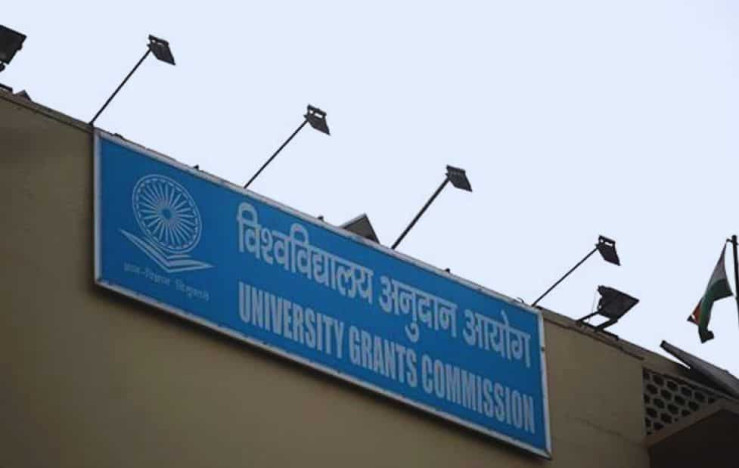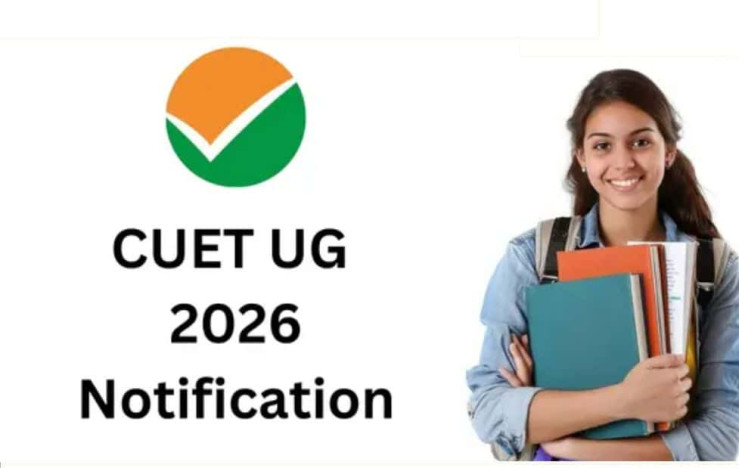Last Updated Jul - 22 - 2024, 03:47 PM | Source : Business Standard | Visitors : 65
The new NCERT Class 6 Social Science textbook rebrands the Harappan civilization as 'Sindhu-Sarasvati' and highlights the Sarasvati river's role. Released under

The new NCERT Class 6 Social Science textbook, Exploring Society: India and Beyond, was released on Friday. It rebrands the Harappan civilization as the 'Sindhu-Sarasvati' and 'Indus-Sarasvati' civilisations, and makes multiple references to the Sarasvati river.
The textbook attributes the decline of the Harappan civilization to climate change, leading to reduced rainfall and the drying up of the Sarasvati River in its central basin. The Sarasvati basin includes major cities like Rakhigarhi and Ganweriwala, along with smaller cities and towns.
The textbook also highlights the importance of the Sarasvati river in the chapter on the 'Beginnings of Indian Civilisation,' where the Harappan civilisation is referred to as the 'Indus-Sarasvati' or 'Sindhu-Sarasvati' civilisation.
The book states that the Sarasvati basin included major cities of the civilization, such as Rakhigarhi and Ganweriwala, along with smaller cities and towns. The river, now known as Ghaggar in India and Hakra in Pakistan, is described as seasonal.
The new textbook reassures students that Social Science encompasses many sub-disciplines but does not feel intimidated by all these terms. It also includes notes on the pronunciation of Sanskrit words, poetry by Kalidasa, and references to Tamil Sangam poetry in the Geography section.
A chapter titled 'Locating Places on the Earth' challenges the conventional understanding of the prime meridian, stating that India had its prime meridian, the "Madhya rekha," passing through Ujjain. This "Ujjayini meridian" served as a reference for calculations in Indian astronomical texts long before the establishment of the Greenwich Meridian.
The new textbooks reflect systemic changes mandated by the National Education Policy 2020 and further defined by the National Curriculum Framework for School Education 2023, making comparisons with the old textbooks pointless.
The new textbooks were developed under the oversight of a 19-member committee chaired by MC Pant, Chancellor of the National Institute of Educational Planning and Administration, and included philanthropist and writer Sudha Murty, Bibek Debroy, Chairperson of the Economic Advisory Council to the Prime Minister, and other distinguished members.
READ MORE| The Reason Behind the Centre’s 22,000 Book Initiative: What You Need to Know

Dec - 06
The Xavier Aptitude Test (XAT) 2026 registration window closes today offering the final opportunity for MBA/PGDM aspirants to apply. Conducted by X... Read More

Dec - 06
The University Grants Commission (UGC) has issued a fresh directive for higher education institutions across India to offer at least three language... Read More

Dec - 06
The National Testing Agency (NTA) has issued an advisory for CUET (UG) 2026, marking the first step toward undergraduate admissions across central ... Read More